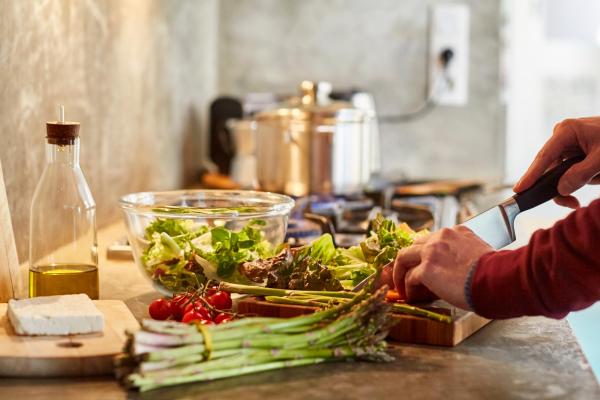
Harry Kashdan, FRIT’s Postdoctoral Scholar in the Global Mediterranean, and Philip Gleissner, Assistant Professor at the Department of Slavic and East European Languages and Cultures, are embarking on an exciting project with the help of a $14,000 grant from the Global Arts + Humanities Special Covid-19 Grant Initiative. The project will culminate in the publication of a volume titled, “The Quarantine Cookbook: Documenting Migrant Food Networks under COVID-19” and the creation of a companion website.
Kashdan and Gleissner, whose numerous areas of expertise intersect around migration studies, want to bring attention to the two areas where effects of COVID-19 were felt the most and the quickest: food and migration. What and how we eat was drastically altered when restaurants worldwide suddenly closed, food supply chains came under threat, and people had to turn to their own kitchens for meals. Migrants, whose freedom to move is already compromised in so many ways, suddenly faced even tighter borders and a rise in nationalism. The intersection of these two fields is one that Kashdan highlights in much of his work. Migrants are frequently involved in food: they carry their cuisines as they travel, turn to food for a sense of home, introduce it to new places through immigrant owned restaurants, and often provide labor in the food industry.
This is an interdisciplinary project that will bring together food studies, migration studies, and literary studies, and will serve as an important scholarly work as well as a popular cookbook. The volume will consist of 12 chapters, each containing a pandemic related recipe and story. The chapters will be written by contributors ranging from world-renowned chefs, including Reem Kassis (The Palestinian Table, James Beard nominee), Bonnie Frumkin Morales (Kachka, James Beard nominee), and Mayukh Sen (James Beard winner, food writer), local food celebrities, including Tanya Vora (Spice Up, Columbus) and Sangeeta Lakhani (The Table and Service!, Columbus), and local home cooks and migrant families.
Contributors are encouraged to write in a personal voice and highlight what is important to them. Contributions may take the form of short essays, reflective pieces, or interviews, each of which will be accompanied by a recipe that has been important to the author during the pandemic. Kashdan expects to find a few common themes in the chapters as the project moves forward, including disruption and the creation of new links. An academic discussion of the findings of the project will be provided in a scholarly article written by Kashdan and Gleissner, which will also serve as an introduction and conclusion to the volume.
Along with the cookbook, the authors plan to launch a companion website. The site will create a forum where people can archive their experiences around food during the pandemic. Members of the community will be encouraged to share their pandemic stories and recipes. Kashdan and Gleissner also plan to use the project in their classrooms by asking students to contribute to the website.
The Quarantine Cookbook will allow for a meaningful conversation about people’s experiences during the pandemic, and create an archive that documents the cultural response to this crisis as it relates to food and migration studies. It will also contribute to the recently approved OSU certificate on Food Studies and the growing conversation around this field.
